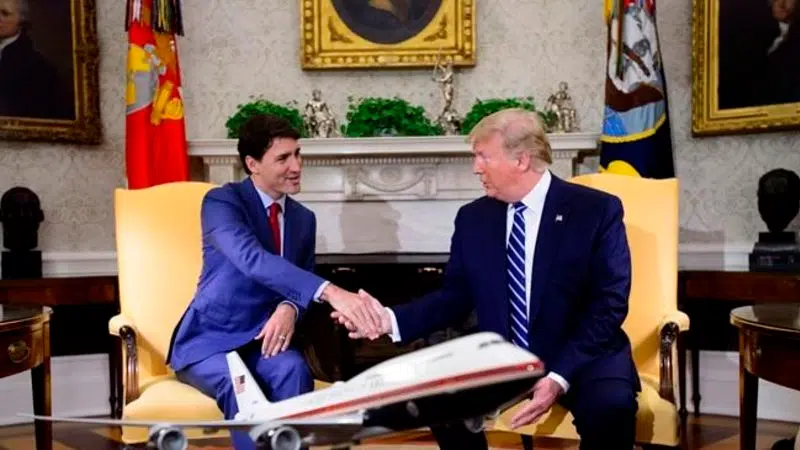
Canada and U.S. agree to expand preclearance options for travellers, goods
OTTAWA — A new agreement between Canada and the United States will soon allow travellers and cargo to pre-clear customs before they leave, allowing an easier movement of people and goods crossing the border.
Canadian air travellers have been able to clear customs before flying to the U.S. for decades at Canadian airports, letting them skip line-ups when they land in the United States.
The two countries have agreed to add U.S. preclearance operations at Billy Bishop airport in Toronto and Jean Lesage airport in Quebec City.
The new agreement extends preclearance for travellers crossing by land, rail and sea. Early stages of planning are underway for preclearances for train passengers travelling from Montreal into New York and on the Rocky Mountaineer railway in British Columbia, which extends into Washington state.


